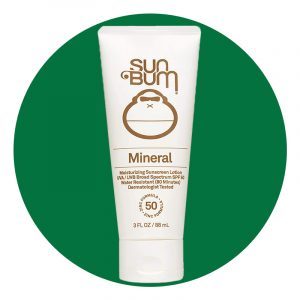What’s a reef-safe sunscreen?
When it comes to buying sunscreen, you know to look at the sun protection factor (SPF) level, which indicates how well the formula protects against the sun’s harmful ultraviolet (UV) rays. But have you ever thought of checking whether or not a sunscreen is reef-safe? Many people haven’t.
If a sunscreen is “reef-safe,” it means that it is less likely to harm coral reefs and surrounding marine life.
“Chemicals such as oxybenzone, octinoxate, and octocrylene, as well as any sunscreens (even mineral-based) with very small particle size (micronized zinc or titanium dioxide), can be toxic to the many organisms in the reef, including the reef itself,” explains Jennifer Segal, MD, dermatologist and owner of Metropolitan Dermatology Institute in Houston. “Larger-particle, mineral-based, chemical-free sunscreens made from zinc or titanium dioxide are considered to be reef safe.”
Why do you need reef-safe sunscreen?
According to Ocean Health Index, a tool that assesses ocean health, there may be more than 100,000 different kinds of chemicals lurking in the ocean waters as a result of waste from commercial products.
“Coral reefs are dying at an accelerated rate, with a question of whether ocean temperatures and environmental pollutants and chemicals,
Keep reading this article on The Healthy

